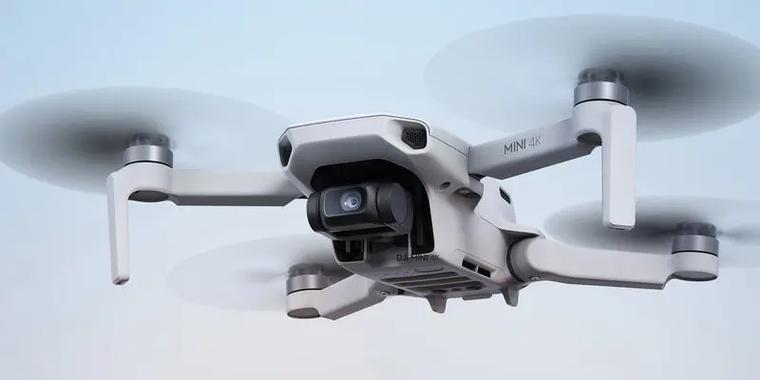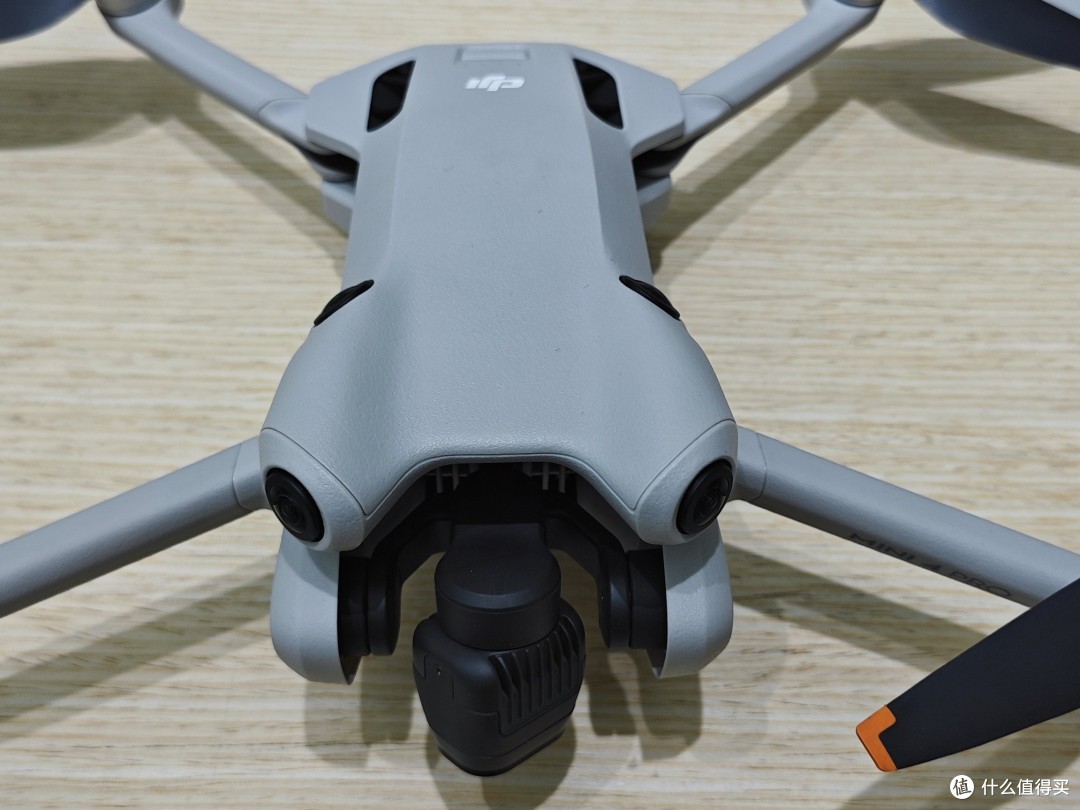The world of drone and camera technology is evolving at an unprecedented pace, offering users exciting new capabilities and applications that were unimaginable a decade ago. Advances in drones, especially in the realm of aerial photography, have been significant and are proving game-changing for professionals and hobbyists alike. This article explores these innovations and how they are revolutionizing various fields. From compact consumer models with high-resolution cameras to professional drones equipped with sophisticated stabilization technologies, the landscape is diverse. Aerial photography has transcended traditional boundaries, becoming a staple in industries like filmmaking, real estate, and agriculture. The seamless integration of drone and camera capabilities has opened up new avenues for capturing stunning visuals from perspectives never seen before.
High-Tech Features in Modern Drones
The incorporation of advanced technologies such as GPS, autonomous flight patterns, and obstacle detection has elevated drones to essential tools for aerial photographers. Camera technology within drones now offers features like 4K video recording and HDR imaging, allowing users to capture breathtaking scenes with precision and clarity. And with innovations like gimbal stabilization, the days of shaky footage are behind us, ensuring smooth and professional-grade images. Additionally, thermal imaging and night vision capabilities are enabling applications in security and scientific research, broadening the potential uses of drones beyond conventional boundaries.
Impacts on Various Industries
The impact of this technology is profound across multiple sectors. In agriculture, drones equipped with cameras provide comprehensive field analysis, helping farmers monitor crop health and maximize yields. Filmmakers leverage the ability to capture stunning aerial shots, enhancing the storytelling process with dynamic visuals. In real estate, drones deliver immersive virtual tours, providing prospective buyers with a bird’s-eye view of properties. The seamless collaboration between drone and camera technology continues to push the limits of creativity and efficiency in these fields.
Future Trends
The future of drone and camera technology looks promising with trends pointing towards increased AI integration, improving autonomy and precision even further. Drones will continue to shrink in size while expanding in functionality, making them more accessible to consumers. Such advancements will enable more refined control and smarter navigation, potentially heralding a new epoch in personal and professional photography.
As technology heads towards miniaturization, drones might soon become wearable, offering endless opportunities for innovation. With continuous enhancements in battery life, flight times are becoming less restrictive, allowing for longer and more complex aerial missions.
In summary, the innovations in drone and camera technology are set to redefine our interaction with the world. These advancements will not only enhance how we capture moments but will also expand the limits of imagination and exploration.
FAQ
What are the legal considerations when flying drones?
Most regions require drones to adhere to specific flying regulations. It is essential to understand and comply with rules concerning altitude, no-fly zones, and privacy laws to ensure responsible usage.

How can drones improve efficiency in industries?
Drones enhance efficiency by providing rapid and accurate data collection, facilitating faster decision-making, and offering a unique perspective that ground-based methods cannot achieve.

Can drones be used at night?
Yes, with the appropriate permissions and equipped with night vision capabilities, drones can be effectively used for various night-time operations.